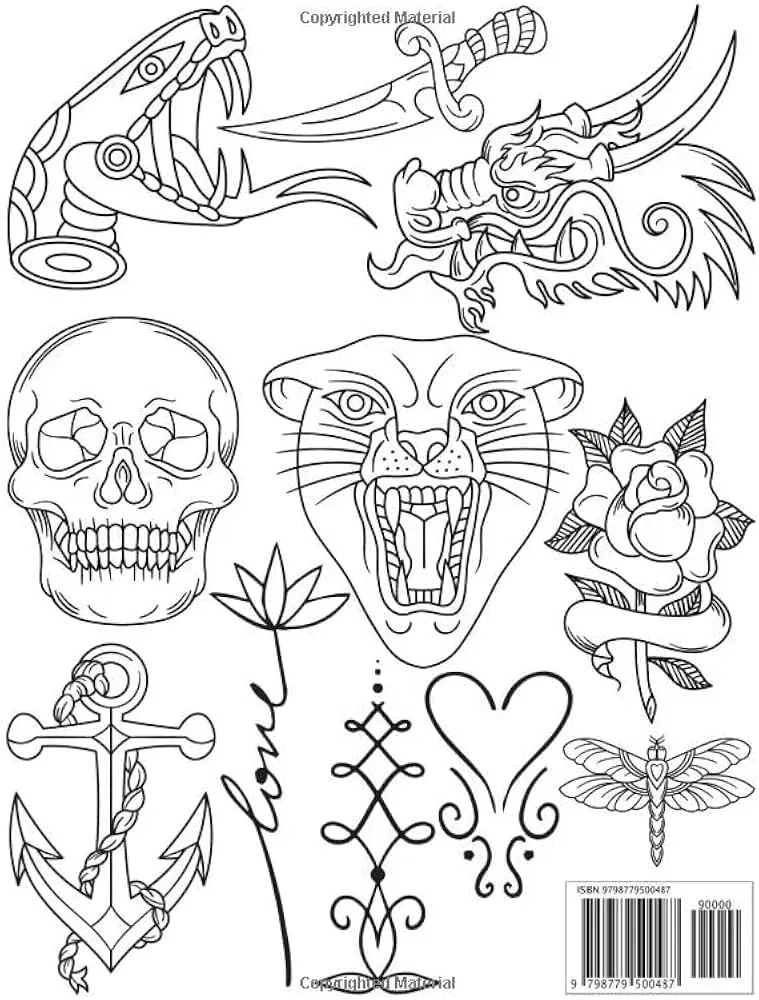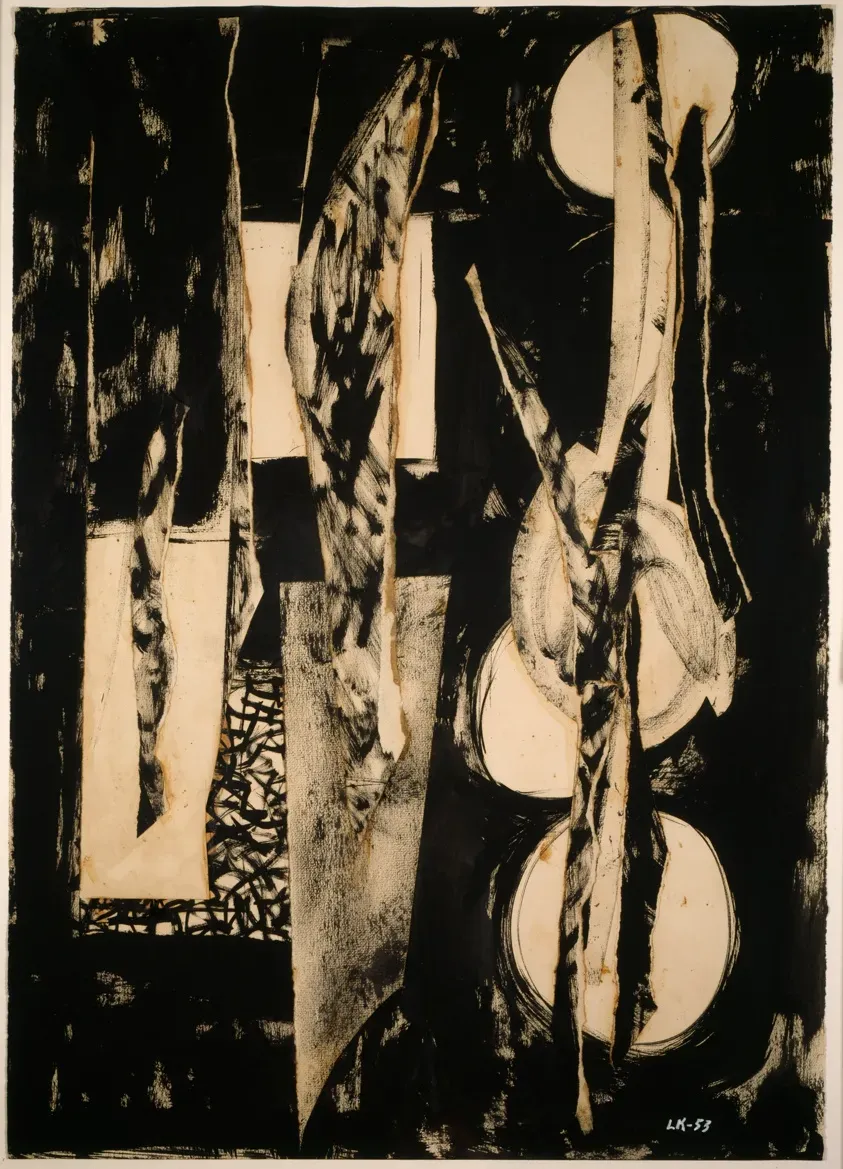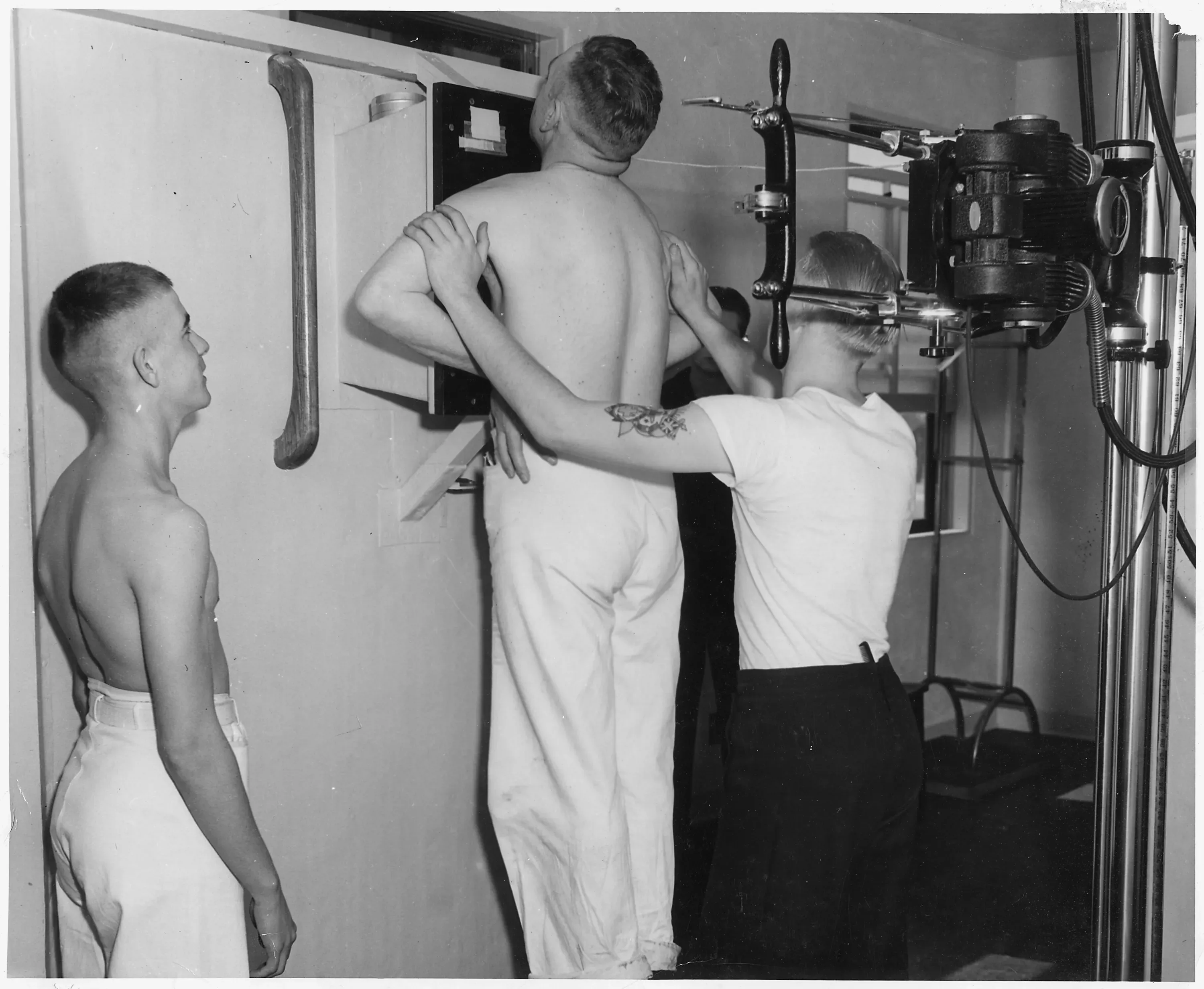Table of Contents
Walking into a tattoo shop, the sheer explosion of color can be overwhelming. Bright reds, vibrant blues, deep greens – it’s a visual feast. Yet, often, the most striking pieces rely on a different kind of power: the stark contrast and timeless depth of black and white. There's a reason why tattoo designs in black and white have never gone out of style. They possess an inherent elegance, a certain gravitas that color sometimes dilutes. This isn't about limitation; it's about focusing on form, line, and shadow to create something truly impactful. Forget the flash-in-the-pan trends. Black and white ink offers a classic foundation, whether you're drawn to intricate detail or bold simplicity. In this article, we’ll cut through the noise and explore why these designs resonate so deeply, look at some popular approaches, and help you figure out how to land on the perfect black and white piece for your own skin.
The Enduring Appeal of Black and White Tattoo Designs
The Enduring Appeal of Black and White Tattoo Designs
Why Black and White Still Reigns Supreme
Color tattoos are everywhere, bursting off skin like vibrant street art. And look, there's nothing wrong with a killer color piece. But step back and notice which tattoos consistently hold your attention, which ones feel classic and powerful. More often than not, it's the black and white ones. There's a timeless quality to them, a certain gravitas that doesn't fade or shift with trends. It’s like the difference between a fleeting pop song and a classic jazz standard. The focus isn't on the hue but on the fundamental elements: line work, shading, contrast. This stripped-down approach forces the artist – and the viewer – to pay attention to form and texture. It’s about the skill in rendering light and shadow, the precision of the lines, the depth created without relying on a rainbow palette. This focus on foundational artistry is a big part of The Enduring Appeal of Black and White Tattoo Designs.
The Impact and Versatility
Think about photography. A powerful black and white photo often feels more dramatic, more raw, more focused on the subject's soul than a color version might. The same holds true for tattoos. Black and white ink can achieve incredible depth and realism, making portraits feel hauntingly lifelike or turning abstract concepts into stark, compelling visuals. It’s also incredibly versatile. A tiny, delicate line-work piece feels just as impactful in black ink as a massive, fully shaded back piece. You can go hyper-realistic, traditional, geometric, minimalist – almost any style translates beautifully. This adaptability means a black and white tattoo can fit almost any aesthetic or personal story, maintaining its visual strength over time as colors might soften or shift. It’s a choice that speaks to a certain confidence in the design itself, trusting that the form and contrast are enough to carry the weight.
Why do people stick with black and white?
- It's timeless. It doesn't look dated the way some color trends can.
- It ages predictably. Black ink fades and softens differently than color pigments.
- It emphasizes artistry. The focus is purely on the linework, shading, and composition.
- It works for almost any style. From realism to abstract, it holds up.
Exploring Popular Tattoo Designs in Black and White
Exploring Popular Tattoo Designs in Black and White
Realism and Portraits in Monochrome
When you strip away color, the artist has to rely entirely on shading and contrast to create depth and form. This is where realism and portrait tattoo designs in black and white truly shine. Think about a portrait – capturing a likeness is hard enough, but doing it with just black ink and varying shades of gray requires incredible skill. It’s about rendering skin texture, the glint in an eye, the subtle turn of a lip, all through meticulous stippling, whipping, and smooth shading. You see this a lot with animal portraits too; the texture of fur or scales becomes incredibly tactile when rendered in fine black and gray work. A well-executed realistic piece in black and white feels less like a picture *on* the skin and more like a part of the skin itself, almost like a memory etched into existence. It demands attention because the detail is so focused.
Bold Lines and Abstract Forms
Moving away from realism, black and white is also the backbone of several other enduring styles. Think about traditional American tattoos – bold black outlines are fundamental, even when color is added. But many opt for pure black work, focusing on heavy saturation and strong shapes. Then there's the world of geometric and abstract tattoo designs in black and white. Without color to distract, the eye follows the lines, the patterns, the negative space. A complex geometric sleeve in black and white can be mesmerizing, a puzzle of shapes fitting together perfectly. Minimalist single-line designs, too, rely solely on the clean, unbroken path of black ink to convey their message. These styles prove that impact doesn't always require intricate shading; sometimes, a confident line is all it takes.
What makes a black and white tattoo design stand out?
- Strong contrast between dark and light areas.
- Clean, precise line work.
- Effective use of negative space.
- Skillful shading techniques (whip shading, stippling, smooth blending).
- A clear focal point in the design.
Styles That Shine: Black Work and Minimalist Line Art
Styles That Shine: Black Work and Minimalist Line Art
The Power of Black Work
let's talk about Black Work. This isn't just a style; it's almost a philosophy for some artists. It leans heavily on solid areas of black ink, creating bold shapes and dramatic contrasts. Think tribal patterns, heavy geometric designs, or even large abstract pieces where negative space plays just as crucial a role as the inked areas. It’s about making a statement with pure, unadulterated black. There's no room to hide imperfections with color blends here; the precision of the stencil and the saturation of the ink are paramount. A well-executed black work piece has a weight and presence that's hard to ignore. It's visceral, grounding, and feels incredibly permanent, like it's been etched into the skin rather than just applied to the surface. Many traditional and neo-traditional designs also incorporate significant black work, providing the structure and depth for other elements.
Minimalist Magic with Single Lines
On the opposite end of the spectrum from heavy black saturation, you find minimalist line art. This style strips everything back to the absolute essentials – often just a single, continuous line or a few deliberate strokes. It’s deceptively simple, requiring immense control and confidence from the artist. These designs can be incredibly delicate, portraying complex subjects like animals or faces with just a few elegant curves. Or they can be bold and graphic, using thick lines to create striking, abstract shapes. The beauty here lies in the economy of form; every line serves a purpose. In the world of tattoo designs in black and white, minimalist line art highlights the pure form and flow of the design, proving that sometimes, less is definitely more. It’s subtle, yet commands attention through its clean execution and thoughtful composition.
Comparing Black Work and Minimalist Line Art:
- Black Work: Focuses on solid black fill, heavy saturation, bold shapes, dramatic contrast, feels weighty and permanent.
- Minimalist Line Art: Uses minimal lines, often single continuous strokes, focuses on form and flow, feels delicate or graphic depending on line weight, relies on economy of design.
Making Your Mark: Finding the Right Black and White Design
Making Your Mark: Finding the Right Black and White Design
Starting the Search: What Speaks to You?
Alright, you've decided the classic route is for you – tattoo designs in black and white. Smart choice. Now comes the fun (and sometimes daunting) part: figuring out *what* design. Don't just scroll endlessly on Instagram hoping something jumps out, though that can be a starting point. Think about what truly resonates with you. Is it a feeling, a memory, a symbol, a person, an animal? Black and white is fantastic for capturing raw emotion or intricate detail. Maybe you're drawn to the dramatic shadows of a realistic piece, like a forgotten alleyway or a beloved pet's eyes. Or perhaps the clean simplicity of minimalist line art feels right, a single elegant stroke representing something significant. Jot down ideas, look at different art styles beyond just tattoos – illustrations, photography, sculpture. What visual language feels like *you*?
Finding Your Artist: The Monochrome Master
Finding the right design is only half the battle; finding the right artist for your black and white vision is arguably more critical. Not all tattooists who do color are equally skilled in monochrome. Look specifically for portfolios packed with black and gray work, black work, or fine line pieces, depending on your chosen style. Pay attention to their shading techniques – is it smooth and blended, or textured with whip shading or stippling? How do they handle contrast and negative space? Don't be shy about asking questions about their process and their experience with tattoo designs in black and white. A good artist won't just ink your idea; they'll collaborate with you, offering insights on how the design will translate best into black and white on your skin, considering factors like size and placement.
Questions to ask a potential artist:
- Can I see more examples of your black and white work?
- What techniques do you typically use for shading and contrast?
- How do you think this design will age in black and white?
- Do you have experience with [specific style, e.g., black work, realism]?
Placement and Permanence: Thinking Long Term
Once you and your chosen artist have a solid design concept for your tattoo designs in black and white, think hard about placement. Black and white designs, especially those with fine detail or delicate lines, need careful consideration. Areas that see a lot of friction or sun exposure might cause the detail to blur or the contrast to soften more quickly than in protected spots. Your artist can advise on this. Also, remember that black ink is the most permanent pigment used in tattooing. While touch-ups are always possible, a black and white piece is a commitment. That enduring appeal we talked about? It means it’s going to be there, looking classic (with proper care, of course), for the long haul. Make sure the design and placement feel right, not just for now, but for years down the line.
The Lasting Impression of Black and White Ink
So, we’ve covered the ground on why tattoo designs in black and white continue to hold their own against the rainbow. It comes down to a focus on the fundamental elements of art: line, shade, and contrast. These aren't just absence of color; they are tools for creating depth, texture, and emotion that speak volumes without shouting. From intricate black work sleeves that look like etchings to minimalist single-line drawings that make you double-take, the options within this spectrum are anything but limited. Choosing black and white is a deliberate act, a commitment to a classic aesthetic that stands the test of time. It’s less about following trends and more about making a statement that relies on skill and concept, not just pigment. When done right, a black and white tattoo isn't just ink; it's a piece of art that lives and breathes on the skin, proving that sometimes, less really is more.